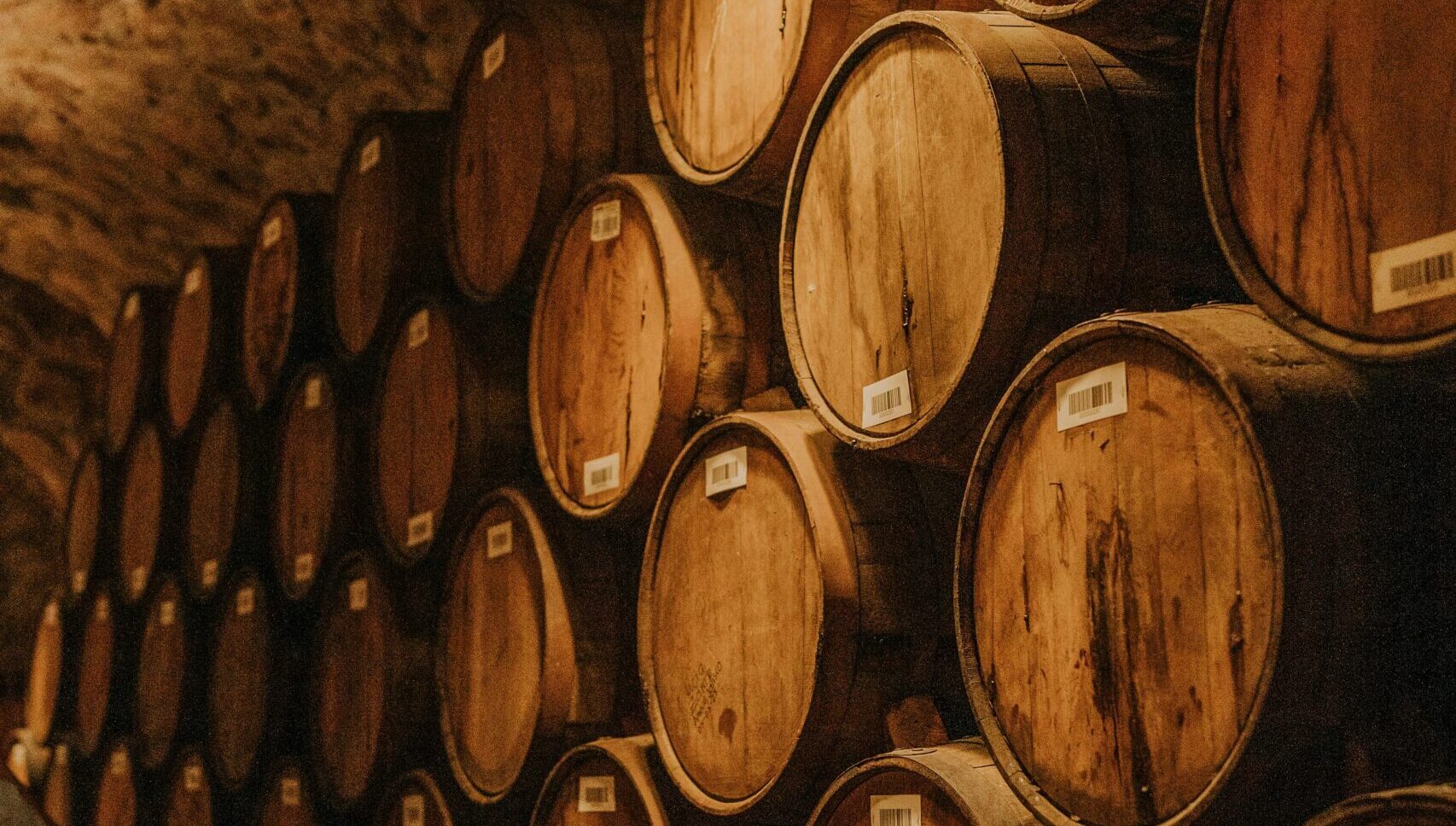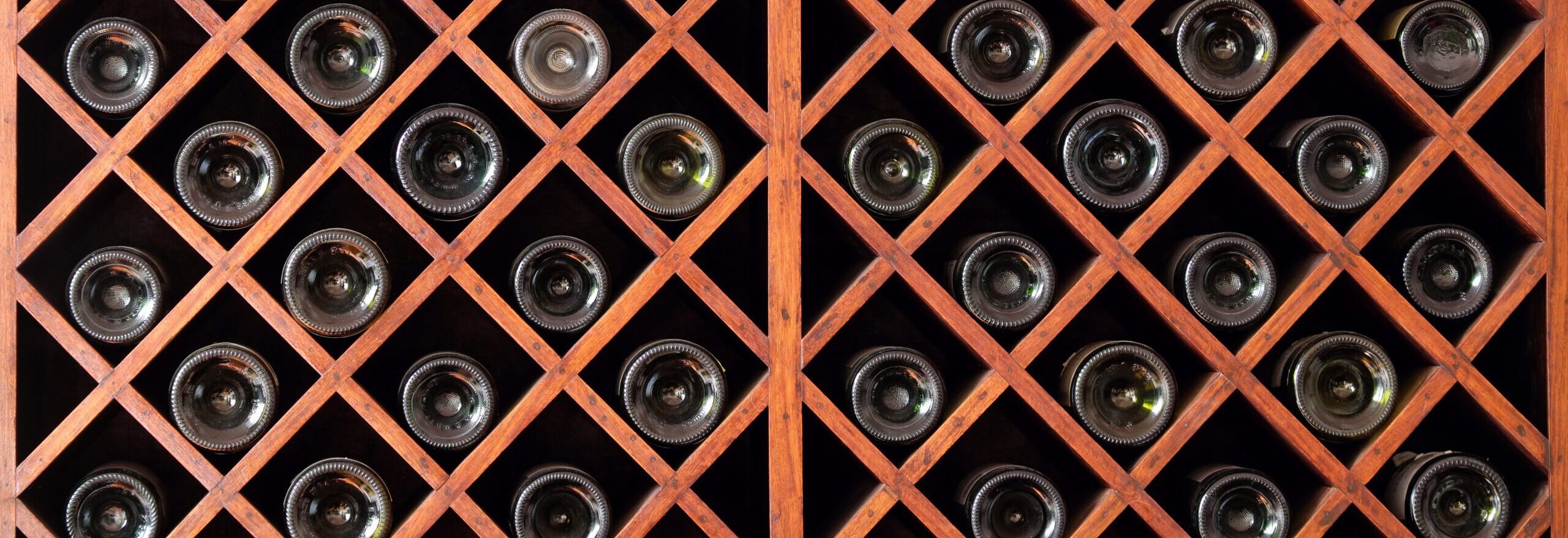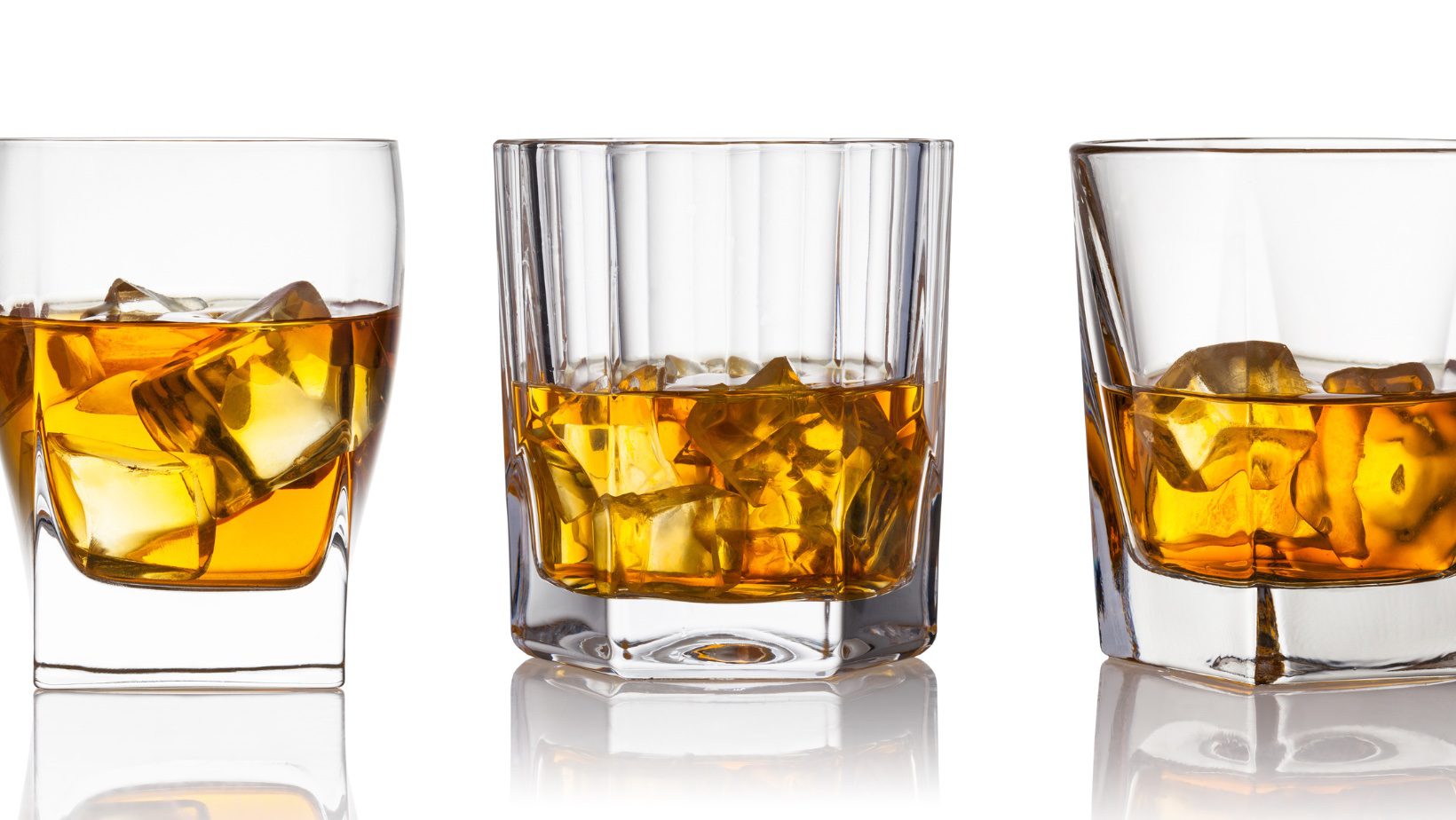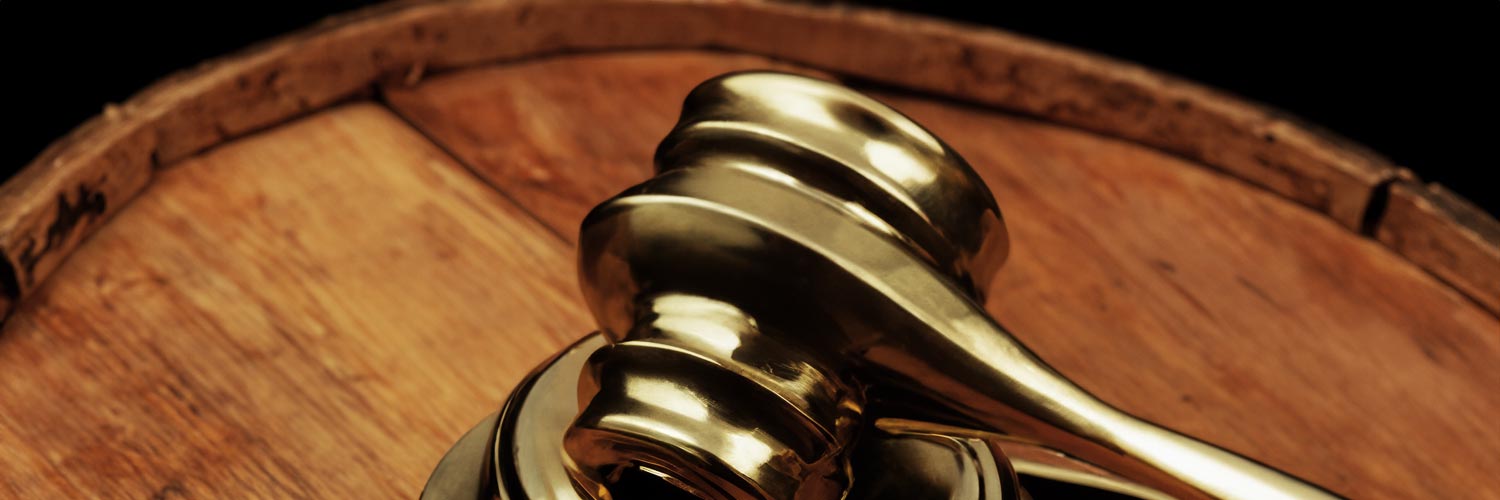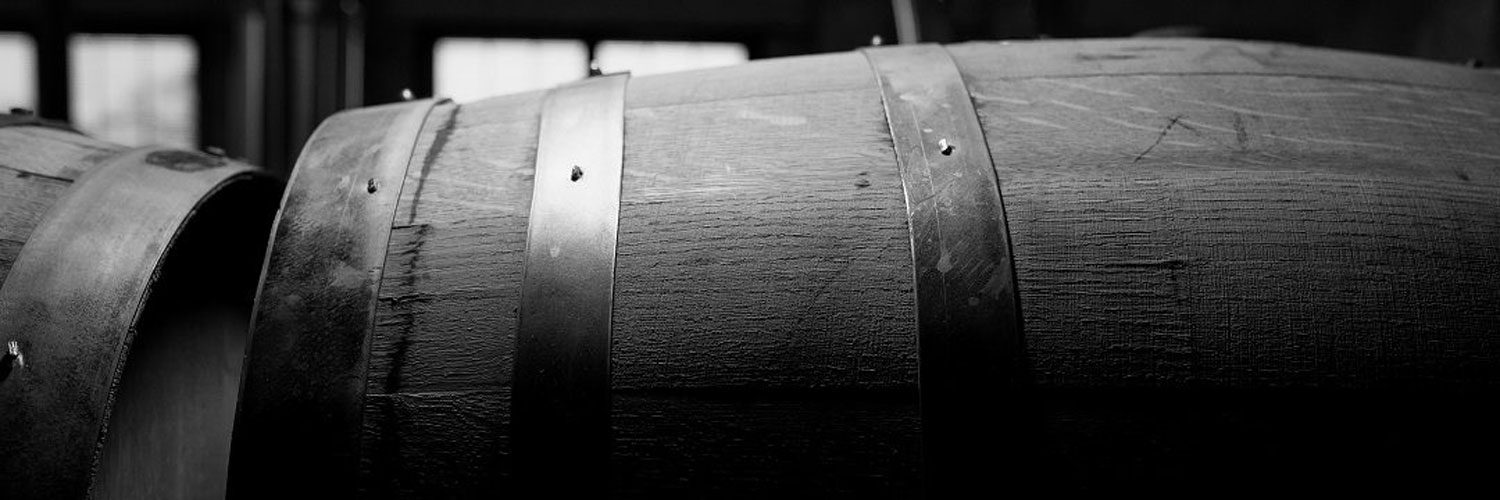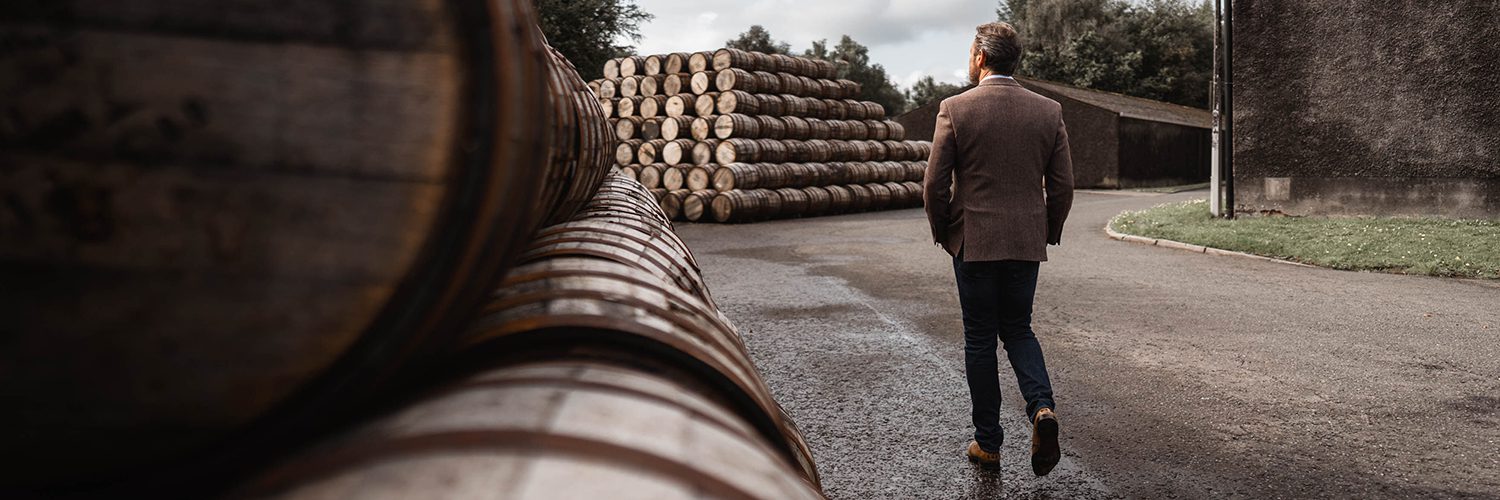Although bourbon casks are predominantly used thanks to their availability, there are more exotic casks available for producing more exclusive whiskies. Casks used to previously store the Oloroso variety of Sherry being a firm favourite.
 Learn
Learn
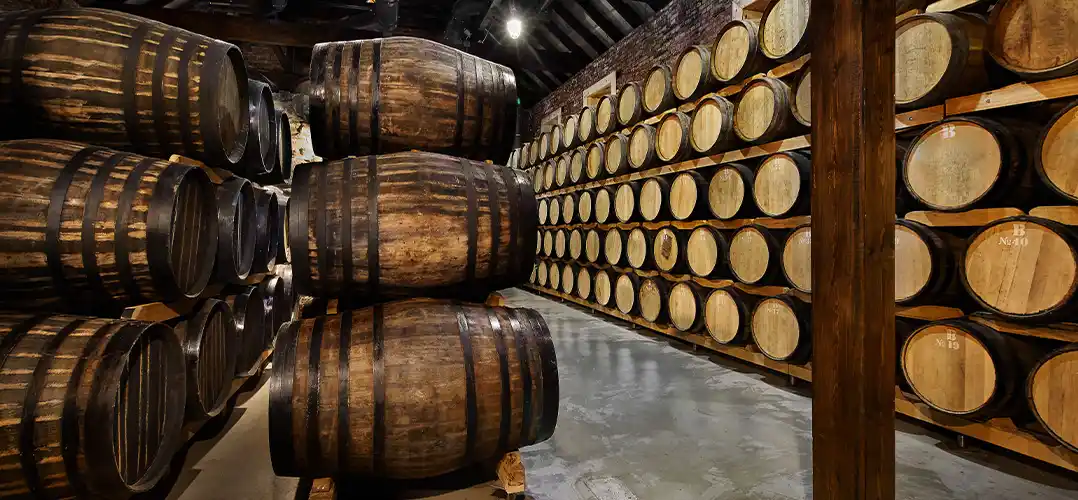
Oloroso is one of the darkest available sherries, dry and strong in nature. Produced in southern Spain, the fortified wine is popular for its nutty and fruity taste, often used as a base for popular sherry-based liqueurs such as Bristol Cream.
The dry, oily nature of the Oloroso combined with its dark colour heavily impacts the wood it is stored within. When reused for Scotch Whisky maturation, these casks create a wonderfully balanced Whisky. Oilier and smoother on the palate, the final drams are usually darker in colour whilst delivering hints of fruit and nut.
One of Scotland’s favourite tipples, Sherry was transported to the Scottish shores in large wooden casks until the late 1980s. Rather than send back empty casks, the distilleries then bought these casks and used them to mature Scotch Whisky.
It is widely thought that the casks used to age sherry are reused to mature scotch, as they are with American bourbon. This sadly is not the case as sherry is aged using a solera system. As the casks used in solera systems improve with age, they are never changed or sold on unless of fault.
In 1986, Spanish law changed in order to protect the commercial interests of Sherry. Forced to be bottled within Spain before being exported, the change put an end to the supply of transport casks. Thankfully Glaswegian whisky merchant and sherry agent William Phaup Lowrie had already experimented with replicating the transport cask with a system now known as cask seasoning.
Replicating the transport cask is not easy and is far from cheap. First, a fresh barrel must be created from either European or American oak by a dedicated team of coopers. Once the barrel is ready, it must be sent to a sherry bodega to be filled with wine, a process called envinado in Spanish.
The sherry then sits in the cask for anywhere between six months to two years, after which it will be removed and the cask is ready for the distilleries. Even though the wood has already absorbed litres of the sherry, the producers will often leave a further 5-10 litres inside to ensure the cask doesn’t dry out during transportation. Once on Scottish soil, the distilleries will empty any remaining sherry and then put the cask to use maturing scotch.
Because of the cost involved with Oloroso sherry casks, not all distilleries will use the cask in the same way. There are three main ageing systems that a distillery may use in order to get the best value from their cask.
Firstly, distilleries can place new make spirit in the cask and allow the whisky to fully mature in the cask. This is highly desirable, creating a wonderfully smooth whisky but very expensive due to the cost of the cask.
Alternatively, the sherry cask can be used as a finishing method. By placing whisky that has matured in a bourbon cask into a sherry cask for the final few months before bottling, the whisky will be influenced by the sherry without taking too much flavour from the wood, allowing for reuse of the cask.
Finally, distilleries can mature two different styles of cask, for example, sherry and bourbon, before blending the two together to create a parallel maturation bottling. Often used by larger distilleries, this method allows for a larger number of bottles to be produced.
Regardless of the process chosen, using oloroso casks in whisky production helps create a high-quality, desirable dram. Loved by drinkers, bottlers, and blenders alike, oloroso sherry cask whisky commands a higher price.
To learn more about Whisky Cask ownership with our FREE Guide, contact our dedicated Portfolio Managers. Alternatively, you can see current stock levels and manage your portfolio by logging into the online portal by clicking here. Our portal is now also available on mobile with dedicated apps for both iOS and Android.





